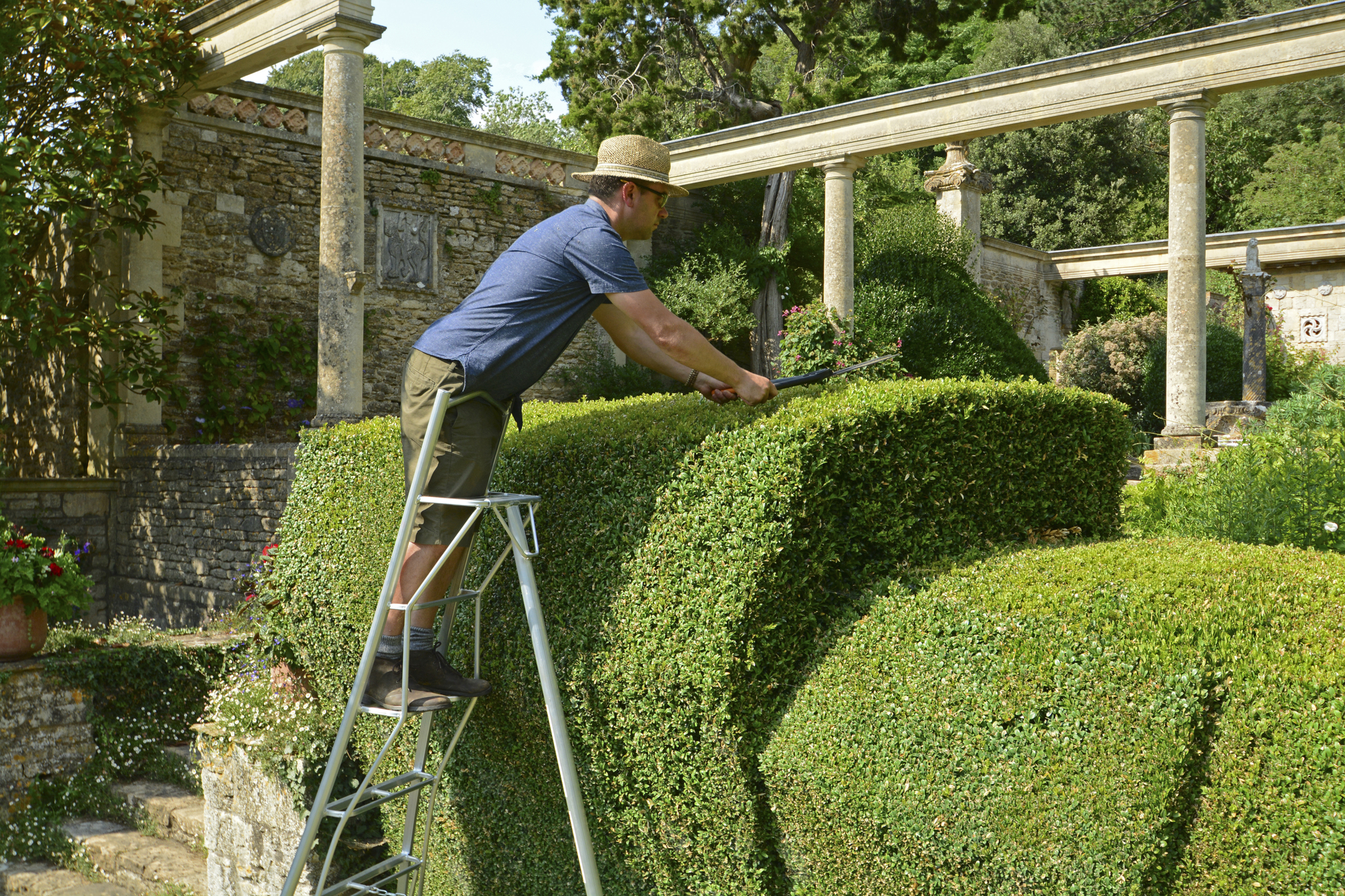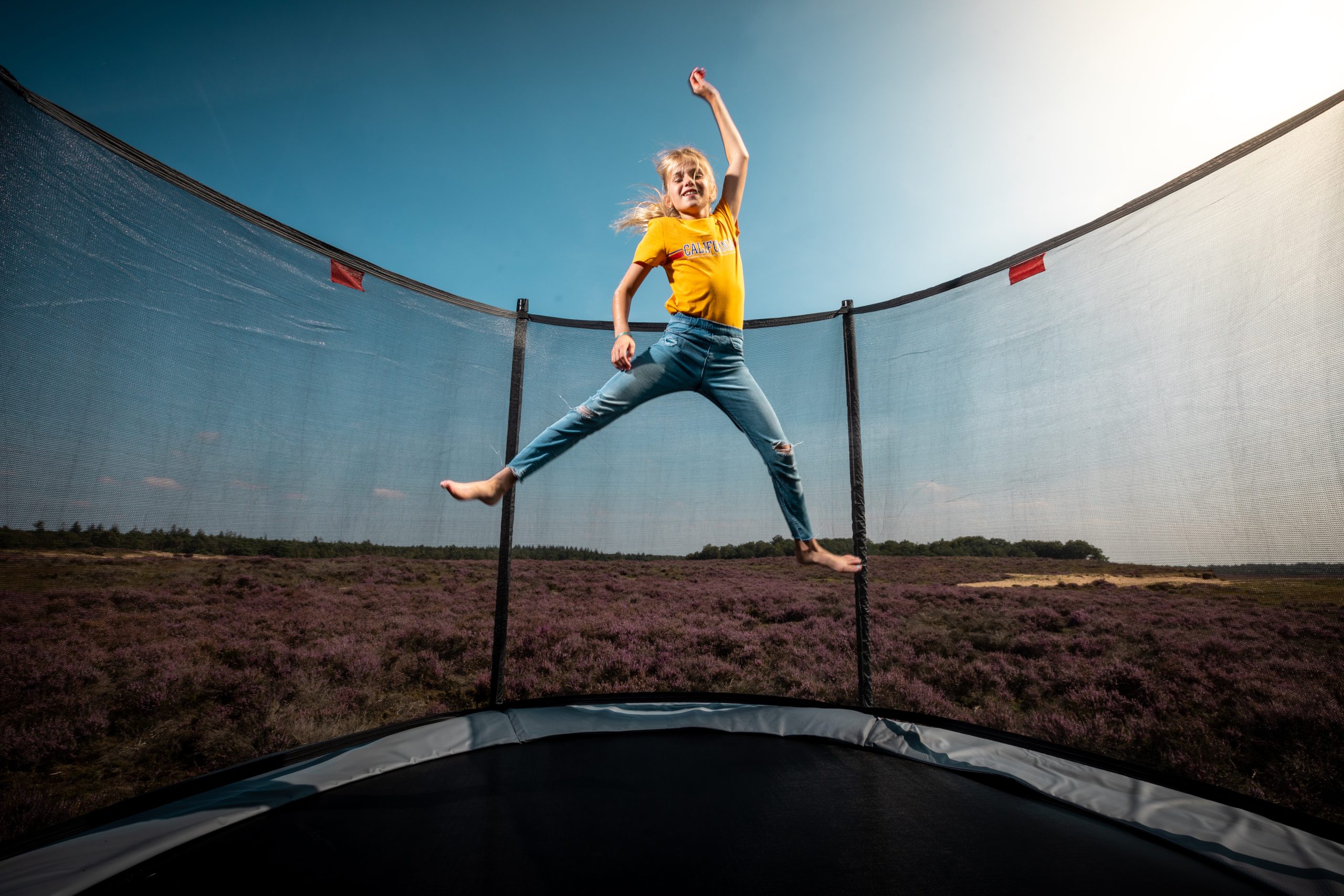The continuing lockdown has put a stop to events across the UK and one of the biggest to be cancelled is the London Marathon, which has been postponed to 4 October.
The event – which would have been its 40th anniversary – was due to be held on Sunday 26 April, but now the 400,000 participants have had their training plans totally disrupted.
And instead of the enjoying watching the marathon, people being are being encouraged to join in on the 2.6 challenge on Sunday. The idea is to complete an activity related to the number 26 (as that’s the amount of miles in a marathon), such as running 2.6 miles or planking for 2.6 minutes.
There’s also the #runforheores challenge currently sell your house fast jacksonville making its way around social media, where people run 5K, donate £5 to the NHS Charities Together and nominate five people to continue it.
It’s also not surprising many have also taken running up as part of their daily exercise, too. It’s free, requires very little equipment and is simple to get started. Plus, with regular practice, you can improve quickly.
If you’re new to it, visit our IndyBest running section for all our tried and tested reviews of the kit you may need, from the best trainers, watches, belts, leggings, sunglasses, armbands and sports bras.
Either way, there’s a whole host of resources and tools at your disposal to help you meet your fitness goals. Here’s the expert guide.
You can trust our independent round-ups. We may earn commission from some of the retailers, but we never allow sell my house fast jacksonville this to influence selections, which are formed from real-world testing and expert advice. This revenue helps us to fund journalism across The Independent.
How to start running 5K
Setting a target is one way to add structure to a run, and give you something to aim for. Download a running app like MapMyRun to help track the distance, pace and time, too and is the easiest way to improve on your runs each time.
Running 5km is a common goal for new runners, not only because of the viral challenge, but because it’s long enough to require stamina and a level of fitness but easily achievable if you stick to it. But you can start with any distance suitable to you.
Once you work up to 5k, you can then set new goals like running a 10km, a half marathon and maybe even a marathon and sign up to next year’s London marathon. Or just work on improving your time on the 5k.
“If you’re looking to build up to your first 5km, the most important thing is to build gradually,” says Kieran Alger, founder of Man V Miles.

“If you aim to run too far, or try to run too fast it can increase your risk of injury but also just make it all feel horrible,” he adds.
Rather than attempting it all in one run, he suggests building up distance slowly, with a mix of running and walking. “Run for a bit, walk when you feel the need and then run again when you feel recovered.”
“It’s also good to find somewhere to do laps close to home so you’re always within walking distance should you need to stop,” Alger recommends.

As the weather continues to get warmer, make sure you’re keeping cool in the right gear. Our IndyBest reviewers were impressed with the Nike victory women’s training capris, £26.95, which are sweat-wicking, well fitted and wash well without losing shape.
The Columbia men’s titan ultra short, £31.50, also comes highly recommended from our pick of the best men’s running gear. They feature a handy zip pocket for your keys and energy gels if you’re planning a long run, and the comfortable material is lightweight for the summer months.
How to find the right running shoes
Once you’ve decided on how far you want to run, it’s important to be well-equipped to assist with your training. Although the only real essential piece of kit you need is good trainers.
“A good pair of running shoes isn’t a golden ticket to becoming a brilliant runner, but it can make the difference between having an enjoyable time out on the roads and not. You want to have the right tools for the job, whether that is training for a marathon, running for cardio fitness or for a boost to your mental health,” says Alger.
He recommends not falling into the trap of thinking the higher the price tag, the better the shoes. “One runners’ perfect shoes might be £60, while others are £200. It’s just all about finding what works with your needs, feet and running style.”
His tells The Independent to consider what you need the shoe to do – will you run road, trails, treadmill, gravel paths in parks? How far will you run and how fast?
“Some shoes are made a bit more like a luxury saloon while others are stripped back sports cars for shorter, faster runs,” he says.
If you’re starting out with low mileage at a slower pace, Alger advises looking for a versatile running shoe that can cope with a wide range of running, for example, something that works well for road, light trail paths and treadmills.
“First and foremost you want comfort, the shoe should feel like it almost disappears on your foot. For a lot of people that will mean a more cushioned shoe,” he says.
However, if you’re an experienced runner, a pair of noticeably worn-out shoes suggests it’s time for a change. It’s recommended that you should change your running shoes every 300-500 miles.
Alger says: “This is largely because the midsole foam degrades over time, becoming more compressed through impact and that can hamper its cushioning properties.”
He suggests looking for signs of wear, such as the outersole heel and toes areas, before beginning to look for a replacement pair.
“If you suddenly notice a difference in how they feel on the foot while you run, eg, you develop blistering, sore spots on your feet or unusual niggles, this can also be a trigger to check your shoes.”

Most running specialist shops offer treadmill testing where staff can help you decide on the best pair for you, but since the lockdown has put a stop to that, you’ll need to head online to help in your choice.
Alger recommends watching videos on YouTube as part of your research, and there’s many running specific channels such as the Global Triathlon Network, The Run Experience and The Running Channel.
IndyBest recommends the New Balance fresh foam 1080v10 London (pictured above), from £135, for both men and women, which were loved by our reviewer for being lightweight, giving a smooth ride on the road and keeping legs feeling fresh even after a long run. The midsole was praised for keeping the foot in place and anchoring the heel for an all-rounder shoe that excelled in comfort and performance.
Once you’ve bought a pair, Alger recommends wearing them at home around the house to get an idea for how they feel on your feet before heading out on a run.
Use an app to guide your runs
If you want to track your distance, measure your heart rate and increase your average speed, apps like Couch To 5K do just that. The NHS approved podcasts aim to get you off your couch and completing 5km in nine weeks through three runs a week.
You can pick a celebrity coach to guide each run including Jo Whiley, Sarah Millican, Sanjeev Kohli or Michael Johnson to keep things entertaining and the key is consistency.
It’s suitable for all ages and abilities, week one starts off small with just a brisk five-minute walk, with alternating one minute of running and one and a half minutes of walking for a total of 20 minutes. Download it here for Android and here for iOS.
Donate to a good cause
To still mark what would have been the 40th anniversary of the London Marathon this weekend, people can take part in the 2.6 challenge instead. From completing 26,000 skips with a group fo friends, virtually of course, or walking 2.6 miles, there’s an infinite amount of things people – of any age, and ability – can do.
The rules are simple, just pick an activity based around the number 26 as part of your daily exercise, and get fundraising by publicising it on social media, or make a donation. You can just take part or donate money to UK charities via its website or to a charity of your choice to support. Tag your achievements with #TwoPointSixChallenge on social media, too.

If you’ve been nominated to do the #runforheores challenge, but you’re not sure about running 5k to start off with, build up to it. Plenty of people have even walked it. It’s all about getting active in this bizarre time and helping raise money for charity, and staying connected, of course.
Listen to some tunes to keep you company with a pair of headphones to block out the world. Our favourites are the Jabra elite active 75t, £189.99 from Very, which perform superbly during high-impact exercises and are the most comfortable pair we found
Our tested said: “Be prepared to run, jump and burpee without any interruptions or feeling the need to readjust the earbuds – they fit snugly without the feeling of completely blocking your ears.”
Read our guide on how to start yoga at home and the best online fitness classes to live stream
Read more
10 best women’s running shoes: How to find your perfect trainers
8 best women’s running leggings
10 best running belts for everything from park runs to marathons







